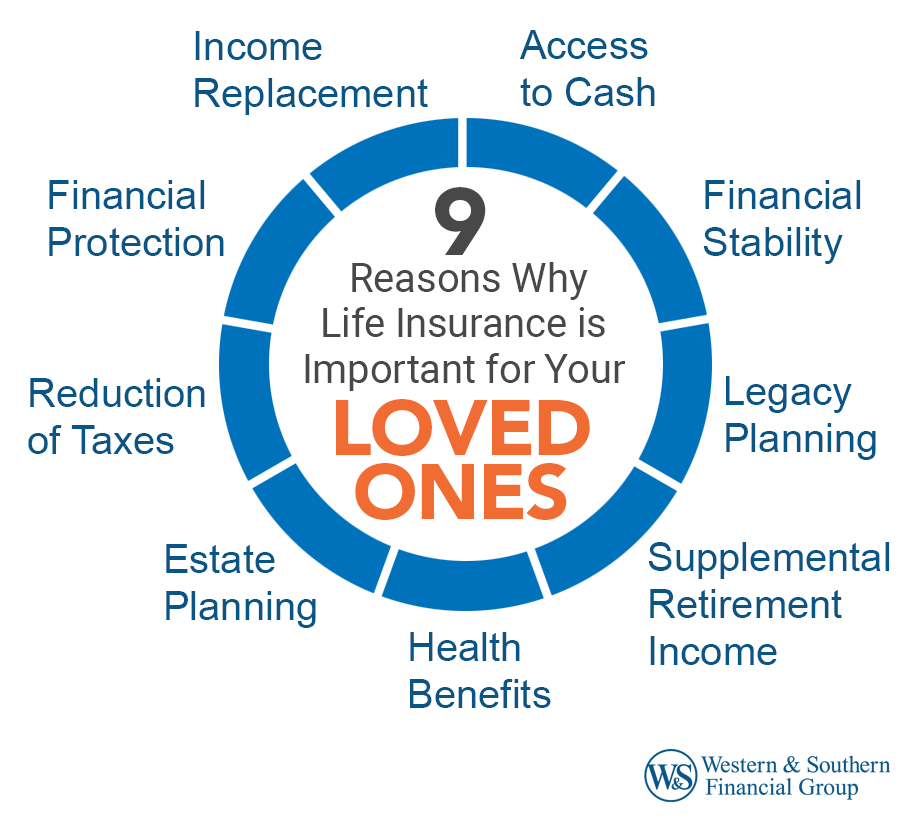The Definitive Guide for Pacific Prime
The Definitive Guide for Pacific Prime
Blog Article
Pacific Prime - The Facts
Table of ContentsIndicators on Pacific Prime You Need To KnowGetting My Pacific Prime To WorkPacific Prime Things To Know Before You BuyThe smart Trick of Pacific Prime That Nobody is Talking AboutThe 6-Minute Rule for Pacific Prime

This is since the information were accumulated for a period of solid economic performance. Of the approximated 42 million individuals that were uninsured, just about concerning 420,000 (about 1 percent) were under 65 years of age, the age at which most Americans come to be qualified for Medicare; 32 million were adults between ages 18 and 65, about 19 percent of all grownups in this age; and 10 million were children under 18 years of age, regarding 13.9 percent of all youngsters (Mills, 2000).
These price quotes of the number of persons uninsured are produced from the yearly March Supplement to the Existing Populace Study (CPS), conducted by the Census Bureau. Unless otherwise kept in mind, nationwide price quotes of people without medical insurance and percentages of the populace with different kinds of protection are based upon the CPS, one of the most extensively used source of quotes of insurance policy protection and uninsurance prices.
Some Known Questions About Pacific Prime.
Still, the CPS is particularly helpful due to the fact that it creates annual estimates relatively quickly, reporting the previous year's insurance policy protection estimates each September, and because it is the basis for a regular collection of quotes for more than twenty years, allowing for evaluation of fads in insurance coverage with time. For these reasons, in addition to the comprehensive use the CPS in various other research studies of insurance protection that are provided in this record, we rely upon CPS quotes, with constraints noted.

The quote of the number of without insurance people broadens when a population's insurance policy status is tracked for numerous years. Over a three-year period starting early in 1993, 72 million people, 29 percent of the U.S. https://www.4shared.com/u/V2DOm1s8/pacificpr1me.html. populace, were without protection for a minimum of one month. Within a single year (1994 ), 53 million individuals experienced at the very least a month without coverage (Bennefield, 1998a)
Six out of every 10 uninsured adults are themselves employed. Functioning does improve the chance that one and one's household members will certainly have insurance, it is not a warranty. Even participants of households with 2 full time wage income earners have nearly a one-in-ten chance of being without insurance (9.1 percent uninsured price) (Hoffman and Pohl, 2000).
The Only Guide to Pacific Prime
New immigrants make up a substantial proportion of people without wellness insurance. One analysis has actually attributed a significant portion of the recent growth in the size of the U.S. without insurance population to immigrants that arrived in the country in between 1994 and 1998 (Camarota and Edwards, 2000). Recent immigrants (those who pertained to the USA within the previous 4 years) do have a high price of being uninsured (46 percent), but they and their children represent just 6 percent of those without insurance coverage across the country (Holahan et al., 2001).
The partnership in between health insurance and access to care is well established, as documented later in this phase. Although the relationship between health insurance and health outcomes is neither direct nor simple, an extensive clinical and health solutions research study literature web links wellness insurance coverage to better this contact form accessibility to care, far better top quality, and boosted individual and population health and wellness standing.
Degrees of evaluation for examining the results of uninsurance. It focuses particularly on those without any type of health and wellness insurance for any kind of length of time.
What Does Pacific Prime Mean?
The troubles faced by the underinsured are in some areas similar to those dealt with by the without insurance, although they are normally much less severe. Health insurance coverage, nevertheless, is neither necessary neither enough to obtain access to clinical services. The independent and straight effect of wellness insurance protection on access to wellness services is well developed.
Others will get the healthcare they require even without health and wellness insurance, by spending for it out of pocket or seeking it from service providers that provide treatment totally free or at very subsidized rates. For still others, medical insurance alone does not make sure receipt of care due to the fact that of other nonfinancial obstacles, such as a lack of healthcare companies in their area, restricted accessibility to transportation, illiteracy, or linguistic and social distinctions.
9 Simple Techniques For Pacific Prime
Formal study regarding without insurance populations in the USA dates to the late 1920s and very early 1930s when the Committee on the Expense of Treatment generated a collection of records regarding financing doctor office sees and hospitalizations. This problem ended up being salient as the numbers of medically indigent climbed during the Great Clinical depression.
Report this page